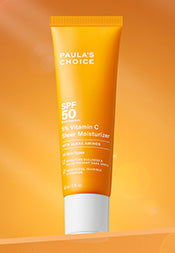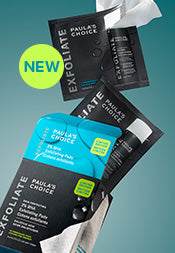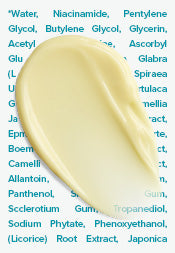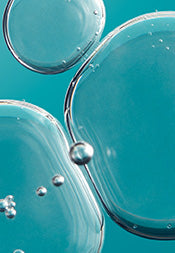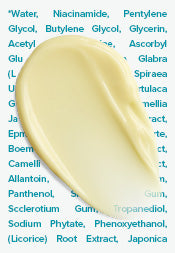How to Get Vitamin D Without the Sun

Vitamin D is essential for our health and exposing your skin to the sun is one way to get it. UVB radiation from sunlight triggers your body to make vitamin D, but there’s a catch: Unprotected sun exposure damages the skin. And then there’s this: For most people, sun exposure isn’t an effective way to get vitamin D.
Exposing skin to the sun without sunscreen causes a host of problems, including sunburn and signs of ageing. There’s also the issue that the intensity of the sun’s UVB rays varies with the season, time of day, and geographic location, so the standard recommended exposure times aren’t really helpful. Surprisingly, parts of the northern hemisphere don’t receive strong enough UVB light to spur vitamin D production for a big portion of the year.
There’s also the issue of how much skin must be exposed to the sun for your body to make sufficient vitamin D. Is it enough if you only expose your face and hands, or should you expose your face, arms, and chest? No one knows for sure, and just guessing or not applying sunscreen to certain exposed areas while protecting others doesn’t make sense.
The solution is twofold: Ask your doctor for a blood test to find out if you’re vitamin D deficient. If you are, your doctor can advise you about which vitamin D supplement to take and about consuming more vitamin D–enriched foods. The supplement discussion is important; be sure your doctor talks to you about the dose and frequency of use to ensure you don’t get too much vitamin D, which can cause its own problems.
But first, what exactly is vitamin D?
What is Vitamin D?
Vitamin D is one of the fat-soluble vitamins, meaning the body stores what it doesn’t need rather than excreting it, which is what it does with water-soluble vitamins. Vitamin D is essential for adequate calcium absorption and has a role throughout the body to optimise health.
There are two primary forms of vitamin D: D2 (ergocalciferol) and D3 (cholecalciferol). The D3 form is considered by many nutrition experts as superior. That’s because it more closely resembles the vitamin D your body naturally produces when skin is exposed to sunlight.
Along with supplements, you can get vitamin D from fortified foods, such as milk and orange juice, and from eating fish, such as salmon, tuna, sardines, and mackerel. In addition, beef, shiitake mushrooms, egg yolks, and fortified cereals are also good sources.
What Causes Vitamin D Deficiency?
Lack of the right timing and/or exposure to the sun that is just not strong enough are big factors in vitamin D deficiency, but some researchers feel that using sunscreen is also partly to blame. Although daily sunscreen application does keep the skin from making vitamin D in sunlight, sunscreen use alone doesn’t explain why so many people are vitamin D deficient.
Paula’s Choice knows that most people don’t apply as much sunscreen as they should; in fact, many don’t apply it at all or only when they’re at the beach. Even in countries where almost no one wears sunscreen on their face and body and where the sun’s intensity is strong year-round, there are people who have deficient levels of vitamin D, making sunscreen barely a blip on the blame radar.
Age is a factor, as our skin has a harder time making vitamin D as the years go by. And, of course, not eating enough vitamin D–enriched foods plays a role. Eating a highly processed, dairy-free diet would be one potential culprit, or following a vegan diet and not taking a vitamin D supplement.
Above all, it doesn’t make sense to expose your skin to sunlight to get more vitamin D. Why risk sun damage when you can easily boost your vitamin D levels through nutritious and delicious foods that support both your health and skin?
Learn more about the sunscreen products for different skin types on Paula’s Choice Singapore’s skincare advice page.
You can also add a sunscreen, such as our DEFENSE Essential Glow Moisturizer SPF 30 to your skincare routine today.
References for this information
Journal of the American Geriatrics Society, January 2016, pages 65–72
Advances in Experimental Medicine and Biology, volume 810, 2014, pages 1–16 and 464–484
Annals of Dermatology and Venereology, March 2013, pages 176–182
Dermatologic Therapy, January-February 2010, pages 48–60
Journal of the American Academy of Dermatology, January 2010, pages E1–E9
British Journal of Dermatology, October 2009, pages 732–736
The American Journal of Clinical Nutrition, April 2008, pages 1080S–1086S


